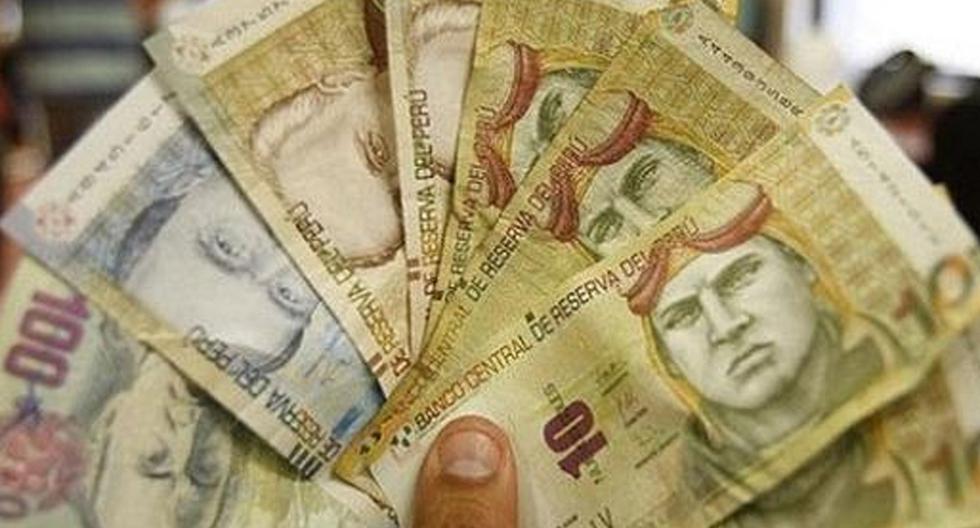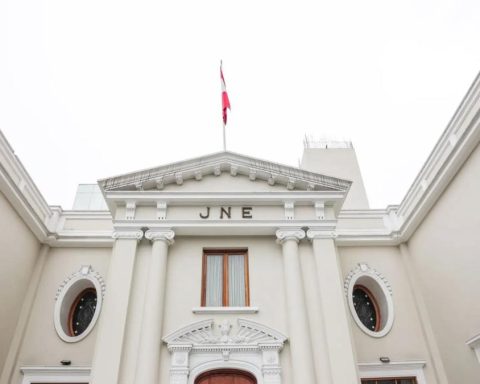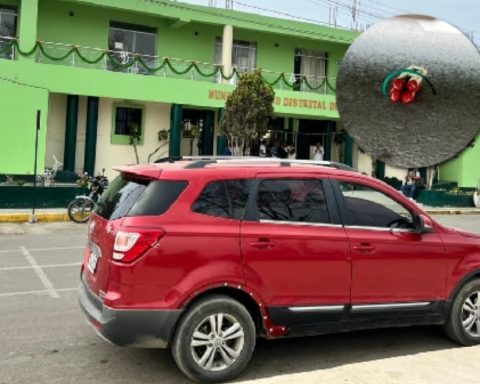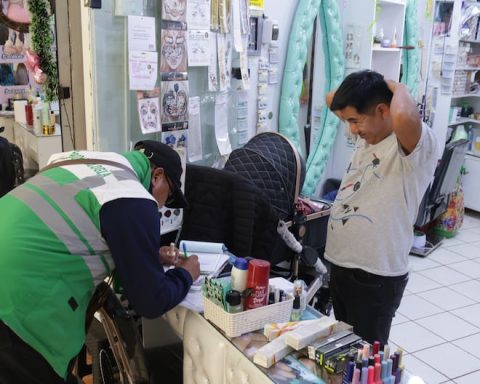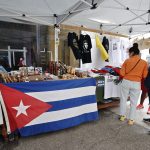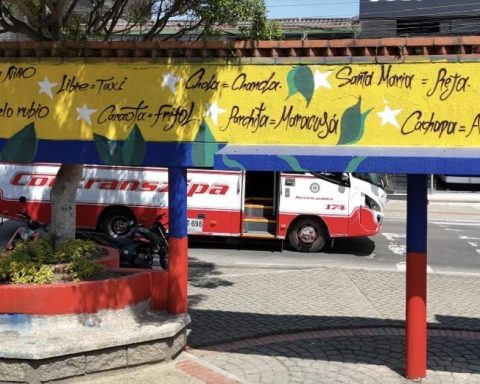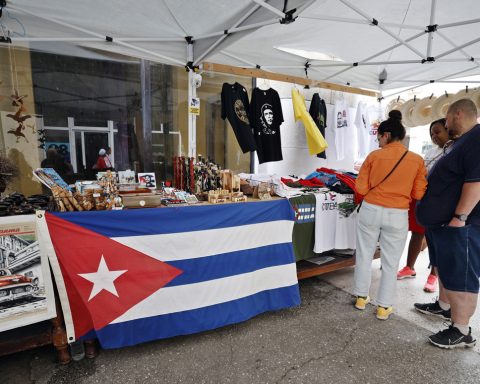So far this year, several Latin American economies have already surpassed the 10% year-on-year inflation barrier, according to official reports for June. And although some central banks have said that the levels would begin to fall from the second semester, partly due to their rise in interest rates, the prices of products are still a concern.
It is important to mention that, although the devaluation has affected the region’s currencies in general, there are some whose value has not fallen so abruptly due to the inflationary crisis.
Such is the case of the Peruvian sol, which continues to be one of the currencies that appreciates in the region, surpassed only by the Uruguayan peso and the Brazilian real, according to a study on the “Performance of currencies against the American currency, between January to July of this year”, prepared by the fintech Noncash.
That said, it is interesting to see how inflation behaves in each country, using our national currency as a reference value. Next, learn about the exchange rates of some of the most representative countries in Latin America and what could be bought with Peruvian soles in each of them.
What are the exchange rates of the currencies of the region?
According to updated figures from Bloomberg as of Friday, August 12, the exchange rates of some Latin American economies are as follows:
| $1 | |
|---|---|
| Uruguay | 40.20 Uruguayan pesos |
| Brazil | 5.07 Brazilian reais |
| Peru | S/ 3.85 |
| Mexico | 19.83 Mexican pesos |
| Colombia | 4,165.7 Colombian pesos |
| Chili | 881.8 Chilean pesos |
| Argentina | 134.5 Argentine pesos |
What can I buy with S/ 10 in other countries in the region?
It is worth mentioning that S/ 10 would be equivalent to approximately US$ 2.6, according to the exchange rates mentioned above. On the other hand, the values detailed below refer to the prices of products in supermarkets.
That said, in Uruguay for example, with that sum you could get a kilo of tomato or a whole lettuce plus a kilo of onion. In addition, a liter of milk plus a kilo of potatoes or a 3-liter coke.
In Brazil, with S/ 10 you can buy a kilo of tomato and a kilo of banana. Also, you could buy a lettuce, a kilo of onion and a liter of milk for the same amount. Also, a dozen eggs plus a kilo of oranges.
On the other hand, in Mexico You could buy for that amount a kilo of tomato plus a kilo of rice. In addition, a dozen eggs and a kilo of bananas or two national beers of half a liter each.
In the case of Colombia, you can buy the equivalent of a kilo of tomato, a kilo of orange and a kilo of banana. Also, a kilo of apples plus a kilo of onions or half a kilo of veal (hip or similar).
Another example is Chili, where with S/ 10 you could get a kilo of tomato and a half-liter national beer. Similarly, a kilo of orange plus a kilo of banana or a liter of milk plus a kilo of apples.
Finally, in Argentina You can buy a liter of milk, a kilo of potatoes and a kilo of bananas for this same amount. Likewise, a dozen eggs plus a half-liter national beer or a kilo of rice, a kilo of orange and a kilo of onion.
What is the performance of the currencies of the region compared to Peru?
As can be seen, in the first two countries in question (Uruguay and Brazil) you can buy things with a lower reference value if we compare it with the prices in Peruvian soles. This is because the currencies of both economies have a better performance against the dollar than our national currency, 11.2% and 8.1% respectively.
It should be noted that according to the latest Bloomberg Latin American Currency Ranking 2022, our national currency is in third position with 3.2%, followed by the Mexican peso with a positive performance of 2.9%.
On the other hand, the rest of the economies appear with negative results, which is why it is explained how in these countries a greater number of products can be purchased with S/ 10.
This is reflected with greater margin in the Argentine case, since it is the last country in the ranking and by a wide difference. The Argentine peso obtained a negative performance of 23.5%, for which it is understood that the Peruvian sol would have a higher purchase value in that country.
Just to illustrate the aforementioned, Argentina is the only country where with S/ 10 you could buy a bottle of medium quality wine, while in the rest of the economies the value of this product is above the amount in question.
RECOMMENDED VIDEO
:quality(75)/cdn.jwplayer.com/v2/media/YErWTZbV/poster.jpg)
